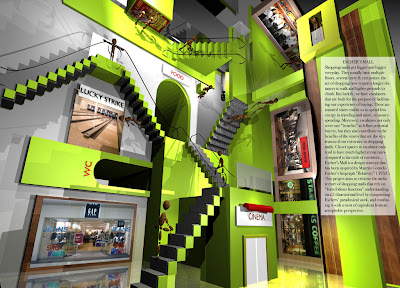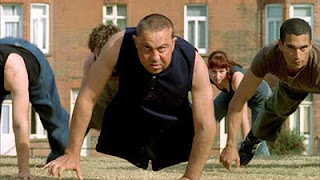

The North Star (1943) was a film produced by Samuel Goldwyn that was written by Lillian Hellman and directed by Lewis Milestone. It has been known as one of the most controversial movies in film history and apart from that, it is a great example of the power vested in cinema as a tool for propaganda. Originally released in 1943, the film was intended to sympathize Americans with Soviet Russia by neglecting Stalin’s harsh ruling period and its effects on townsfolk and farmers of the countryside. It showed the daily lives of Soviet Russians as simple and pastoral lives on countryside, as if collective working was compulsory and the traces of communism on daily lives was nearly invisible. As political history suggests, the film was released at a time when U.S. and Soviets were allies. 2nd World War was a period of history when White House approached Hollywood film industry to “clarify” U.S. relations with Soviets and many films like Mission to Moscow (1943), Song of Russia (1944) or Days of Glory (1944) were produced by kind requests of president Franklin Roosevelt. Everything seemed so rational especially after Nazi Germany invaded Soviet territories and the war became even more brutal: U.S and Soviets were now brothers in arms (Damian Cannon, 2000). What could be more bona-fide than to praise Russian life, humanizing it, and to show its people as fellow victims of this violent war?
The North Star was nominated for 6 Oscars, and everything changed when the war was over, and these two brothers in arms had now found themselves enemies-to-be for a long time to come with the cold war. Samuel Goldwyn was now called over by the House Un-American Activities Committee to respond for his “naïve” and pro-communist image of the Soviet Russia. This led to one of the most interesting and desperate moments in film history: The North Starwas recut, and re-released with the name Armored Attack on 1957, but this time, its cute details about soviet farmland life was removed, the location was changed from Russia to Hungary with the use of a voice over, and it became a movie about the Soviet Invasion of Hungary! An important thing to mention here is that the film was only recut, not re-filmed!
Propaganda is socially determined; its success is determined by the factors that are present that particular context, time and environment. What the story tells has to make sense in front of an audience and this social context allows existence and success of propaganda. The state of mind in which society is, is of great importance for the accomplishment of discourses: fear, suspicion, enemies and monsters are usually “defined” concepts by the use of mass media and its instruments. As we can see, producing facts is possible and manufacturing truth is only a matter of perception.
Reference:
- D.Cannon, 2000. Film Notes 2. State University of New York : Retrieved from: http://www.albany.edu/writers-inst/webpages4/filmnotes/filmnote2.html
Further Reading:
- Eilene Toppin Ording, 2010. The North Star: Classic Controversial Film from 1943. Retrieved from : http://www.suite101.com/content/the-north-star-a192511
- Andrea Passaflume, 2000. The North Star. TCM Turner Classic Movies. Retrieved from : http://www.tcm.com/thismonth/article.jsp?cid=276075&mainArticleId=276063




